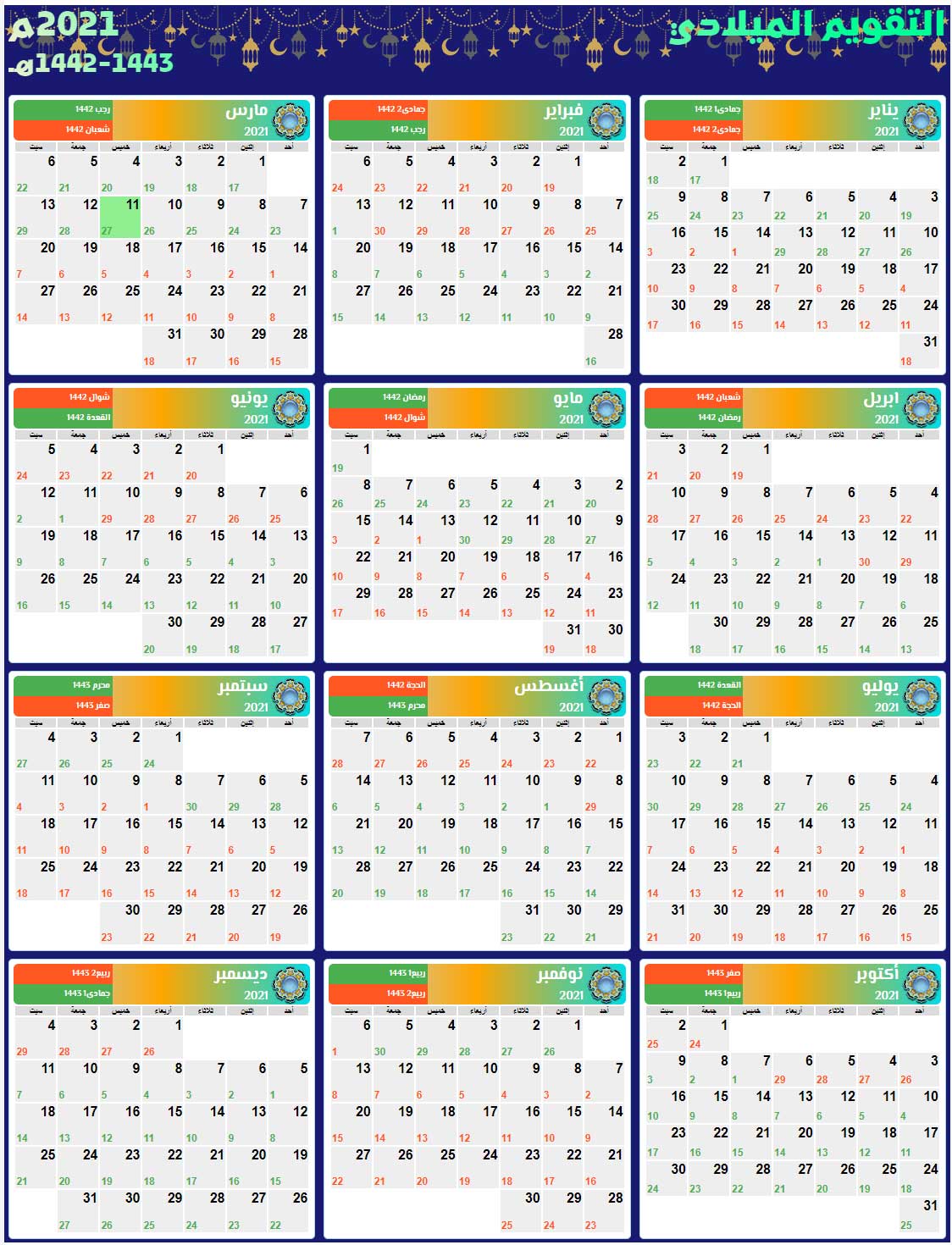

Constructor Summary Constructors Constructor and Descriptionĭetermines whether this object uses the fixed-cycle Islamic civil calendar.Calendar AM, AM_PM, APRIL, AUGUST, BASE_FIELD_COUNT, DATE, DAY_OF_MONTH, DAY_OF_WEEK, DAY_OF_WEEK_IN_MONTH, DAY_OF_YEAR, DECEMBER, DOW_LOCAL, DST_OFFSET, EPOCH_JULIAN_DAY, ERA, EXTENDED_YEAR, FEBRUARY, FRIDAY, GREATEST_MINIMUM, HOUR, HOUR_OF_DAY, INTERNALLY_SET, IS_LEAP_MONTH, JAN_1_1_JULIAN_DAY, JANUARY, JULIAN_DAY, JULY, JUNE, LEAST_MAXIMUM, MARCH, MAX_DATE, MAX_FIELD_COUNT, MAX_JULIAN, MAX_MILLIS, MAXIMUM, MAY, MILLISECOND, MILLISECONDS_IN_DAY, MIN_DATE, MIN_JULIAN, MIN_MILLIS, MINIMUM, MINIMUM_USER_STAMP, MINUTE, MONDAY, MONTH, NOVEMBER, OCTOBER, ONE_DAY, ONE_HOUR, ONE_MINUTE, ONE_SECOND, ONE_WEEK, PM, RESOLVE_REMAP, SATURDAY, SECOND, SEPTEMBER, SUNDAY, THURSDAY, TUESDAY, UNDECIMBER, UNSET, WALLTIME_FIRST, WALLTIME_LAST, WALLTIME_NEXT_VALID, WEDNESDAY, WEEK_OF_MONTH, WEEK_OF_YEAR, WEEKDAY, WEEKEND, WEEKEND_CEASE, WEEKEND_ONSET, YEAR, YEAR_WOY, ZONE_OFFSET With the tag or Author: Laura Werner, Alan Liu See Also: GregorianCalendar,Ĭonstant for Shawwal, the 10th month of the Islamic year. IslamicCalendar usually should be instantiated usingĬalendar.getInstance(ULocale) passing in a ULocale Of the Umm al-Qura lunar calendar will be used. Similarly, if setCalculationType(ISLAMIC_UMALQURA) is called, an approximation Is called, an approximation of the true lunar calendar will be used. By default, theįixed-cycle civil calendar is used. Which approach is used to determine the start of a month. On the sighting method of the crescent moon but is standardized by Saudi Arabia. Like the Islamic religious calendar, Umm al-Qura is also based Simplistic they will be improved in later versions of the code. At present, the approximations used in this class are fairly Including the one used here, are only approximations of the true astronomicalĬalculations. However, theseĬalculations are extremely complicated and thus slow, so most algorithms, Of a lunar month with a fairly high degree of certainty. Moon's illumination, and other factors, it is possible to determine the start Using astronomical calculations for the position of the sun and moon, the Start of a month in the religious calendar to differ from the civil calendar This makes it impossible to calculate in advance, and it causes the Observations are made, seasonal variations in the time of sunset, theĮccentricities of the moon's orbit, and even the weather at the observation It is thus affected by the position at which the The Islamic religious calendar and Saudi Arabia's Umm al-QuraĬalendar, however, are based on the observation of the crescent moon. This is the default behavior of a newly-created IslamicCalendar This calendar is easily calculated and thus predictable inĪdvance, so it is used as the civil calendar in a number of Arab countries. Is the civil calendar, which uses a fixed cycle of alternating 29-Īnd 30-day months, with a leap day added to the last month of 11 out ofĮvery 30 years. There are three main variants of the Islamic calendar in existence. Roughly 6 hours after the corresponding sunset. We treat days and months as beginning at midnight, Synchronized with those of the other calendars and with local clock time, However, in order to keep the time fields in this class

An Islamic year is, on average,Ībout 354 days long, so each successive Islamic year starts about 11 daysĮarlier in the corresponding Gregorian year.Įach month of the calendar starts when the new moon's crescent is visibleĪt sunset. Lunar months does not correspond to the solar year used by most otherĬalendar systems, including the Gregorian. The Islamic calendar is strictly lunar, and thus an Islamic year of twelve Of Mohammed's emigration (or "hijra") to Medinah on Thursday, Is also known as the "Hijri" calendar, since it starts at the time Liturgical calendar of the Islamic faith worldwide. Is used as the civil calendar in most of the Arab world and the That that implements the Islamic civil and religious calendars. IslamicCalendar is a subclass of Calendar


 0 kommentar(er)
0 kommentar(er)
